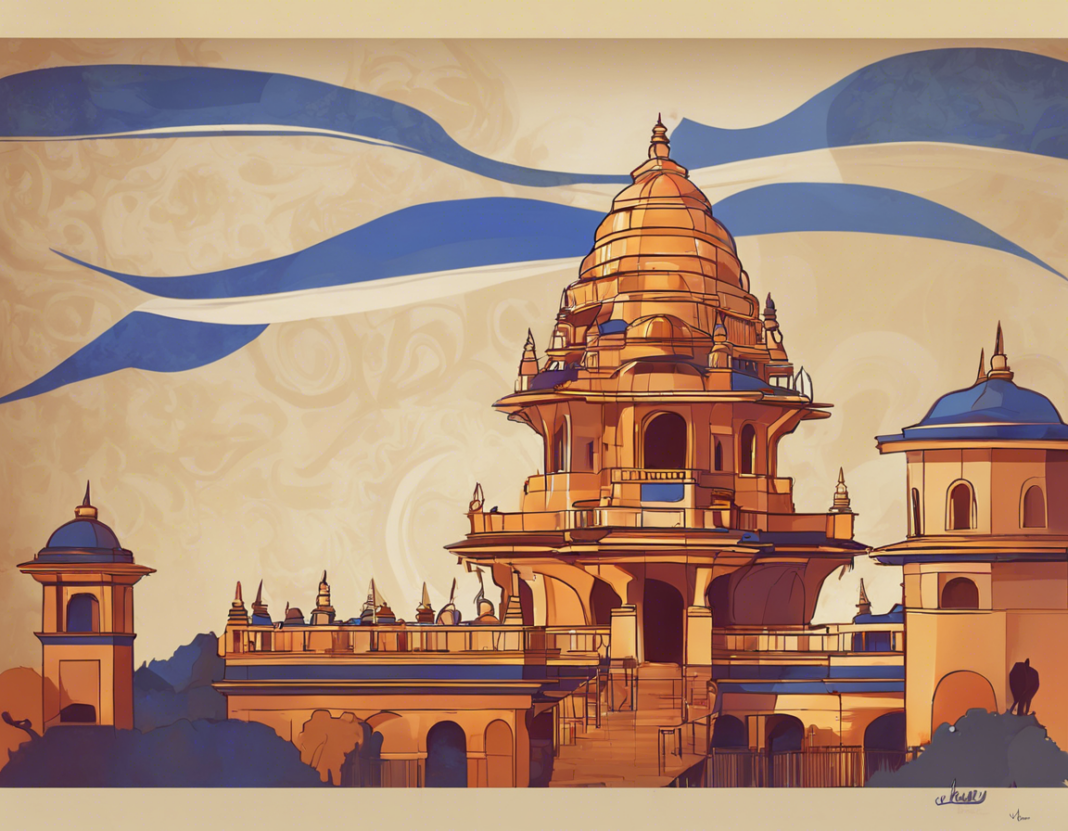Leeladhar Shetty Udupi was a renowned figure in the realms of Indian literature, known for his prolific contributions to Kannada literature. His legacy is a rich tapestry woven with poignant themes, captivating storytelling, and deep insight into human nature. Let’s delve into the life and works of this literary giant to understand the profound impact he has had on literature and culture.
Early Life and Background
Born in Udupi, Karnataka, in 1936, Leeladhar Shetty showed an early inclination towards literature and storytelling. His formative years were marked by a deep connection with the cultural heritage of his region, which would later form the core of his literary creations.
Literary Career and Major Works
Leeladhar Shetty’s literary journey spans over five decades, during which he penned numerous novels, short stories, essays, and plays. His writing style is characterized by a seamless blend of traditional storytelling techniques with modern sensibilities, making his works both timeless and relevant to contemporary readers.
Novels
- “Kanyayana” (The Virgin Land) – A seminal work that explores the complexities of human relationships against the backdrop of rural Karnataka.
- “Hennu Samsarada Hale” (A Woman’s Old Age) – Delving into the challenges faced by women in traditional Indian society, this novel resonates with themes of patriarchy and societal norms.
Short Stories
- “Hithaphala” (The Fruit of Goodness) – A collection of short stories that delve into the moral fabric of society, showcasing Shetty’s keen observation of human behavior.
- “Nodiya Bitige” (Under the Shadow of the River) – Stories that reflect the ethos of coastal Karnataka, capturing the essence of life in a fishing community.
Essays and Plays
Apart from his fiction, Leeladhar Shetty also penned thought-provoking essays on a wide range of subjects, from culture and politics to literature and philosophy. His plays, known for their nuanced characterizations and deep exploration of human emotions, have been staged to critical acclaim.
Themes and Influences
Leeladhar Shetty‘s works are imbued with themes that reflect the human condition with all its complexities. His exploration of love, loss, social injustice, and the eternal quest for meaning resonates with readers across generations. Influenced by writers like Kuvempu, Masti Venkatesha Iyengar, and U.R. Ananthamurthy, Shetty carved a niche for himself in the literary landscape of Karnataka.
Legacy and Impact
Leeladhar Shetty Udupi’s legacy extends beyond the realm of literature. His writings have not only enriched Kannada literature but also sparked conversations on critical social issues. His emphasis on empathy, ethical values, and the power of storytelling has inspired aspiring writers and readers alike.
Frequently Asked Questions (FAQs)
-
What is Leeladhar Shetty Udupi best known for?
Leeladhar Shetty Udupi is best known for his poignant novels and short stories that delve into the human psyche and societal dynamics. -
How did Leeladhar Shetty’s upbringing influence his work?
Leeladhar Shetty’s upbringing in Udupi, surrounded by the rich cultural heritage of Karnataka, deeply influenced his storytelling style and thematic explorations. -
What are some recurring themes in Leeladhar Shetty’s works?
Themes of love, loss, societal norms, and the search for meaning are recurring motifs in Leeladhar Shetty’s literary creations. -
What is the significance of Leeladhar Shetty’s plays?
Leeladhar Shetty’s plays are revered for their nuanced characterizations and exploration of complex human emotions, adding a theatrical dimension to his body of work. -
How has Leeladhar Shetty’s legacy impacted contemporary literature in Karnataka?
Leeladhar Shetty’s legacy continues to inspire contemporary writers in Karnataka, encouraging them to delve deep into human experiences and societal narratives.
In conclusion, Leeladhar Shetty Udupi remains a towering literary figure whose works have not only stood the test of time but also continue to resonate with audiences for their depth and universality. His legacy serves as a beacon for aspiring writers and a testament to the enduring power of storytelling in shaping cultural narratives.
